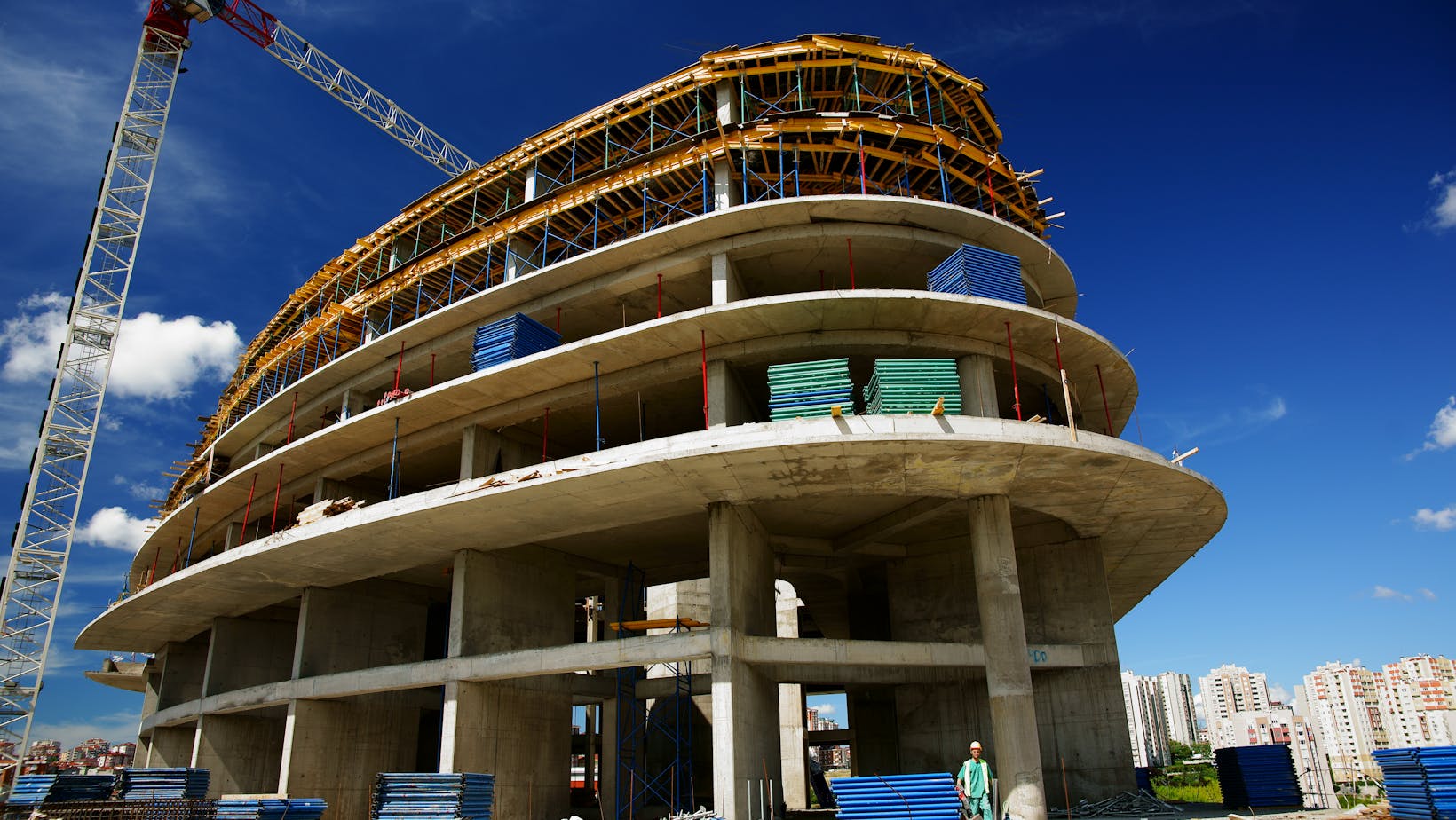
The competition in the construction industry is growing fiercer with every passing year. According to IBISWorld, there are around 3,776,498 businesses in this space in the US. Moreover, new companies are formed every day. This competition makes it challenging to get many opportunities. Therefore, you should make good use of the first chance you get by completing your first project skillfully and on time with .
This will require having the right equipment at the right time. Funding equipment for your construction company’s first job is a vital stage that will decide whether your enterprise succeeds or fails. Construction projects frequently necessitate significant equipment investments, ranging from big machinery such as excavators and bulldozers to smaller tools and safety equipment.
This article will walk you through the many ways to fund equipment for your construction company’s first job.
Assess Your Equipment Needs
The first step is to comprehensively assess the project’s specific requirements. This involves identifying the types of equipment needed, such as excavators, cranes, and bulldozers, based on the task’s scope. It is crucial to consider the equipment’s immediate needs and long-term utility to ensure optimal investment.
Once the equipment requirements have been defined, the next step is investigating possible funding alternatives. This can include traditional bank loans, equipment leasing, equipment financing through specialized lenders, or even utilizing lines of credit.
Each funding method has advantages and drawbacks in terms of interest rate, payback periods, and cash flow effect. As a result, it is critical to thoroughly compare these variables. You must also examine other elements that may affect the equipment’s output.
According to an MDPI study, the equipment you purchase or rent should be in good condition and maintained appropriately. This will ensure it does not break down in the middle of the project and leave you hanging. Moreover, having standard equipment your workers are familiar with is essential to avoid additional training or adjustment time.
Create a Budget
To ensure the smooth completion of our construction company’s first project, you will require a complete budget for equipment procurement Oahu construction company?. The key to this budget lies in a careful balance between immediate needs and long-term investments.
Initially, you will allocate funds for essential heavy machinery such as excavators, bulldozers, and cranes, given their critical role in the foundation. These purchases will form the backbone of your operational capabilities, enabling you to handle various tasks.
Moreover, smaller yet vital tools and equipment such as concrete mixers, compactors, and power tools will also be prioritized. While individually less costly, these items are indispensable for ensuring smooth and continuous on-site workflow. You must consider both new and used equipment options to maximize our budget.
Explore Equipment Rental
For a new business, purchasing heavy machinery outright can be financially burdensome, potentially straining the budget before any revenue is generated. An effective alternative to mitigate this challenge is exploring construction equipment rental options. Renting construction equipment offers several advantages crucial for a fledgling company aiming to complete its first project.
One of the primary benefits of construction equipment rental is the substantial reduction in upfront costs. Purchasing equipment involves not only the direct cost of the machinery but also additional expenses such as maintenance, storage, and insurance. By renting, a construction company can allocate its capital more efficiently, investing in other critical areas such as hiring skilled labor.

According to SitePro Rentals, different construction equipment options are available. For instance, you can use aerial work platforms, air compressors, compaction machines, earthmoving machines, and forklifts. This means that you will have to find the equipment you need based on the assessment you did before.
Consider Used Equipment
Buying old equipment might be less expensive than buying new. Used gear is frequently available for a fraction of the cost of new equipment and can still deliver dependable performance. However, properly check any used equipment before purchasing to ensure that it is in good working order.
The only thing you need to do is maintain the used equipment appropriately. If you can do that, used equipment can offer benefits like cost savings, immediate availability, lower insurance and financing costs, etc.
It is due to these benefits that the used construction equipment market has been thriving for the past few years. According to Yahoo, it was valued at $109 billion in 2022 and is expected to reach $152 billion by 2028. There is a growing demand for used equipment, and excavators are leading the way.
Explore Financing Options
There are several financing options for acquiring construction equipment:
- Equipment loans: Traditional bank loans are a popular way to support equipment acquisitions. These loans include set interest rates and regular monthly payments, which make budgeting for equipment purchases easier.
- Equipment leasing: Leasing allows you to utilize the equipment without incurring the initial expenditures of acquiring it entirely. Lease agreements normally require a monthly payment and may contain variable terms such as lease-to-own options.
- Equipment financing companies: Financing firms that specialize in the building sector. These organizations understand the specific demands of construction industries and provide bespoke finance options.
- Government programs: In some cases, government programs may provide grants or low-interest loans to help small businesses acquire equipment.
- Government programs: In some situations, the government may offer small enterprises grants or low-interest loans to help them purchase equipment. Look into local and federal initiatives that may be accessible to you.
- Business line of credit: This option can be particularly useful for acquiring construction equipment, offering flexible access to funds as needed. A business line of credit allows you to draw on the credit as required, providing a safety net for managing costs and ensuring that you can purchase equipment when opportunities arise
Frequently Asked Questions
How Can You Acquire Funding To Start A Construction Business?
Many businesses choose traditional financing options such as personal savings, bank or credit union loans, or investments from private investors. Government subsidies or small company financing suited to startups may also be available. Another option is to form agreements with suppliers or subcontractors who can deliver equipment or materials on credit.
What Kind Of Equipment Is Employed In Building Projects?
Excavators, bulldozers, cranes, loaders, etc., are common pieces of equipment employed, depending on the nature and scope of the project. Additionally, specialized equipment such as concrete mixers, scaffolding, and surveying tools are required for certain activities.
What Is The Necessity Of Construction Equipment?
The importance of construction equipment stems from its capacity to simplify and accelerate various construction operations, influencing project timeframes, quality, and cost-effectiveness. Proper equipment improves productivity and safety on construction sites by decreasing manual work and mitigating the dangers associated with repetitive or dangerous jobs. Furthermore, new technology frequently includes features that reduce environmental effects, such as lower emissions and noise levels.

To summarize, securing the right funding for your construction equipment is a crucial step in ensuring the success of your first project. Each funding method has its advantages and potential drawbacks. Carefully evaluate your equipment needs, financial situation, and long-term business goals to choose the best funding strategy. By combining funding sources and maintaining a flexible approach, you can manage your capital and position your construction company for growth and success.





